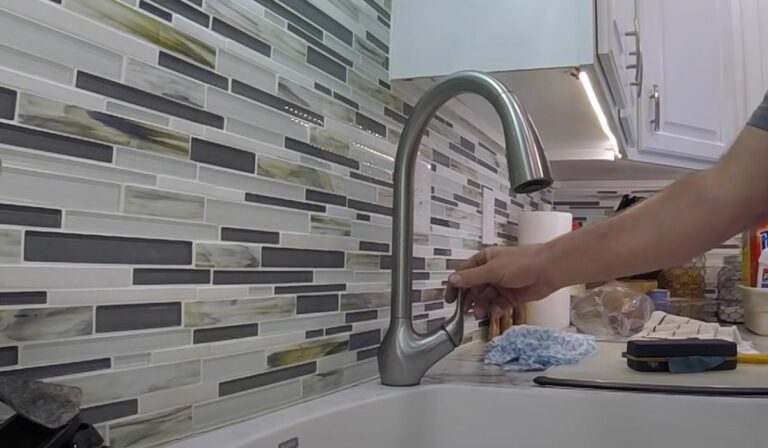How to Draw a Bathtub: A Step-by-Step Guide
Drawing a bathtub can seem tricky at first, but with the right approach and techniques, you can create a realistic and detailed illustration that captures its unique shape and style. Whether you’re sketching a classic clawfoot tub or a sleek modern design, understanding the basic shapes and proportions is key. This guide walks you through every step, from gathering your materials to adding the final touches, so you can confidently bring your bathtub drawing to life.
Materials Needed For Drawing A Bathtub
Before you jump into sketching a bathtub, having the right tools on hand will make the process much smoother. You’ll want to gather:
- Pencils: A range of graphite pencils, from HB for outlines to softer ones like 2B or 4B for shading.
- Eraser: A kneaded eraser is perfect for lifting graphite and correcting mistakes without damaging your paper.
- Paper: Choose a smooth drawing paper that holds graphite well, ideally around 80-100 gsm.
- Ruler: To help maintain straight lines and accurate proportions.
- Blending tools: Like a blending stump or even a cotton swab for smooth shading.
Having these materials ready will give you the control and flexibility needed to capture the bathtub’s details accurately.
Basic Shapes And Proportions
The key to drawing any object realistically is to start with simple shapes and correct proportions. For a bathtub, think in terms of:
- Rectangles and ovals: The main body of the tub is often an elongated oval or rectangle with rounded edges.
- Ellipses: Found at the rim or base when viewed from certain angles.
- Straight and curved lines: To form the sides and tapers.
Begin by lightly sketching these shapes to map out the bathtub’s form. Pay attention to the length-to-width ratio, typical bathtubs are longer than they are wide, often around 1.5 to 2 times longer. Also, consider the depth, represented by vertical lines or shapes if you’re drawing at an angle. This foundation allows you to adjust the overall silhouette easily before committing to details.
Step-By-Step Guide To Drawing A Bathtub
Once you have your basic shapes down, it’s time to refine your drawing. Follow these steps:
- Sketch the outline: Use your basic shapes as guides and begin defining the tub’s contours.
- Add structural details: Draw the rim, the interior depth, and any visible plumbing fixtures like faucets or drain.
- Refine proportions: Compare parts of your drawing regularly: use your ruler to check symmetry.
- Clean up: Erase unnecessary sketch lines to clarify the form.
Drawing Different Bathtub Styles
Each style presents unique shapes and features. Let’s explore popular types:
Classic Clawfoot Bathtub
These tubs are elegant and ornate with raised feet. Focus on the curved edges of the tub body and carefully detail the claw-shaped feet. Pay attention to the height and shape of the feet, they add character and complexity.
Modern Freestanding Bathtub
These have clean, minimalist lines. The shape can be oval or rectangular with smooth curves. Highlight smooth edges and the lack of external supports. Sometimes the tub tapers slightly at one end, which adds modern flair.
Built-In Bathtub In A Bathroom Setting
Built-ins are usually rectangular and integrated into a tiled surround. You’ll sketch not only the tub but also elements like tiled walls or shelves. Pay attention to perspective and how the tub sits within the room, creating a sense of space and depth.
Adding Details And Textures
Details take your bathtub drawing from basic to beautiful. Think about:
- Plumbing fixtures: Faucets, knobs, and spouts vary by style and add realism.
- Surface textures: Bathtubs are usually smooth and shiny, but built-ins may have tile or stone surrounds.
- Reflections and highlights: These enhance the material’s look and depth.
Shading Techniques To Enhance Realism
Use shading to emphasize curves and volume. Start with light, consistent strokes to build shadows along the tub’s interior and base. Gradually darken areas beneath the rim and where the tub curves away from light. Blending stumps help achieve smooth transitions. Avoid harsh lines unless you’re emphasizing a design element.
Highlighting Water And Surrounding Elements
Water inside the bathtub reflects light differently, capture this with gentle highlights and soft shading. If you include bubbles or ripples, use irregular shapes and softer edges. Adding subtle reflections on surrounding tiles or fixtures further anchors the scene in reality.
Common Mistakes To Avoid When Drawing A Bathtub
Even experienced artists sometimes fall into these traps:
- Ignoring perspective: A bathtub is a 3D object and needs accurate angles and depth.
- Incorrect proportions: Making the tub too squat or overly elongated.
- Over-detailing too soon: Jumping into intricate parts without solid structure can throw off the overall drawing.
- Flat shading: Avoid uniform tones that don’t represent light or shadow.
Be patient, build your drawing in layers, and constantly step back to assess your work from a distance.
Conclusion
Drawing a bathtub successfully comes down to mastering basic shapes, observing proportions, and gradually adding refined details. Whether you prefer the charm of a vintage clawfoot design or the sleekness of a modern freestanding tub, approaching your artwork methodically ensures accuracy and visual appeal. Practice these steps, and soon you’ll confidently draw bathtubs that are not only realistic but also full of character and style.

